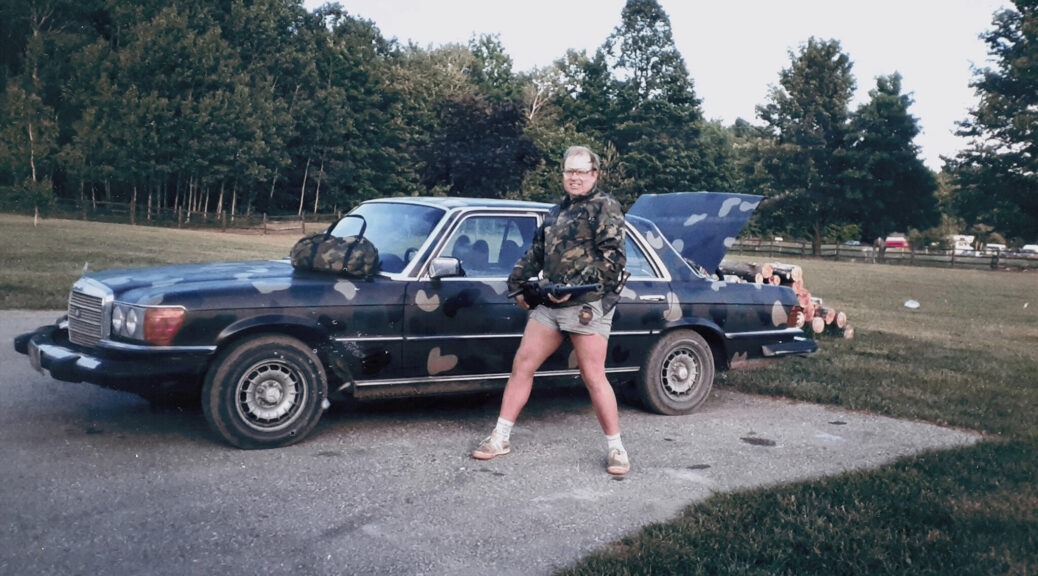Marlee Matlin: Not Alone Anymore
by Rachel Willis
In 1986, Marlee Matlin won the Academy Award for her performance in the film Children of a Lesser God. Nearly three decades later, she remained the only Deaf actor to win an Oscar. This, as well as Matlin’s trailblazing career, is the focus of director Shoshannah Stern’s documentary, Marlee Matlin: Not Alone Anymore.
Stern herself is also Deaf, and there are many wonderful moments when she and Matlin (as well as Stern with other Deaf actors) converse on screen without sound. The film makes extensive use of subtitles and closed captioning, but if a hearing audience member were to simply watch the two communicate on screen it’s a good example of how a Deaf person may feel when surrounded by hearing people who may forget to include them in conversation.
This is something Matlin addresses, as she was the only Deaf member of her family. It is also a reminder that this sort of exclusion can lead to significant language deprivation for individuals with hearing impairment. This is a critical issue that the documentary touches on when speaking to Matlin about some of the situations in which she was unable to name her experiences.
Like the 2000 documentary, Sound and Fury, Matlin and others are quick to point out that they are not limited in their abilities. It’s the world around them that tries to force them into a box where their “disability” is a problem to be solved not a difference to be celebrated.
The bulk of the documentary focuses on Matlin’s career and role as an advocate for the Deaf community. Closed captioning, something modern audiences may take for granted, was once a rarity. Matlin’s efforts, including a hearing before Congress, ensured that closed captioning would be a given moving forward.
There isn’t a dull moment in this documentary. Stern expertly weaves Matlin’s career and activism into an overall conversation about the needs of Deaf people, and the ways in which we can all do better moving forward. It’s certainly a film worth watching.














